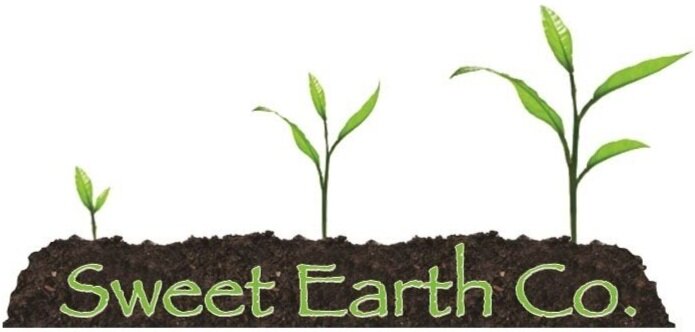Why Everyone Should Grow Flowers & Herbs
We may be a bit biased, but we think everyone should grow flowers and herbs. Whether you have a large backyard garden or a small container, you can enjoy the benefits of eco-gardening:
You’ll be able to enjoy time outdoors
You can harvest your own beautiful blooms and delicious herbs for cooking
You’ll be benefiting the environment through sustainable gardening practices
We want to talk more about those ecological benefits, because they’re so important.
#1 — Attract Pollinators
Our own life-supporting systems — our own existence! — is dependent on an ecosystem created and sustained by insects, plants and animals. This biodiversity is vital to us, and therefore pollinators are vital. Pollinators are essential to the continued existence of 80% of all plants and 90% of all flowering plants, and it is birds and mammals that disperse the seeds of those plants and provide them with pest control services. (1)
However, the World Wildlife Fund recently reported an average decline of 69% in species populations since 1970. There are several other studies that echo staggering statistics about the decline of insects globally and the loss of three billion North American birds.
Planting flowers and herbs is a great way to attract pollinators to your landscape. According to Pollinator.org:
“Birds, bats, bees, butterflies, beetles, and other small mammals that pollinate plants are responsible for bringing us one out of every three bites of food. They also sustain our ecosystems and produce our natural resources by helping plants reproduce.”
#2 — Grow Flowers, Not Lawns
A study published in the journal Environmental Management found that there are over 40 million acres of lawn and turf grass in the United States. These lawns do nothing for ecological function.
The published statistics about the decline in pollinators, insects and biodiversity can feel overwhelming. But just as we have been part of the problem, we can be part of the solution. Instead, use your land for environmentally beneficial things, like:
Pollinator gardens
Meadows
Native gardens
Vegetable & herb gardens
Cutting gardens (our favorite)
The above are examples of eco-gardens. No matter how small our outdoor spaces are, they can be transformed into a beautiful and bountiful oasis for us and our pollinators by growing eco-gardens.
#3 — Reduce Carbon Emissions
Eco-gardening can help to reduce carbon emissions, as plants store carbon in their leaves.
Plants take in carbon dioxide (CO2) as they grow, keeping CO2 out of the atmosphere and stopping it from contributing to climate change. By planting large things like trees and shrubs, more carbon can be stored for longer periods of time.
Additionally, the limited use of chemicals and synthetic fertilizers is helpful in reducing carbon emissions. These products require a lot of energy and inputs to manufacture, which leads to an increase in the carbon footprint as well as increased CO2 emissions.
Want to learn more about this? Listen to our recent interview on The Herbal Womb Wisdom Podcast.
No matter how small your outdoor space, you can do your part to support and improve biodiversity, the ecological environment and the overall climate. Every Little Bit Helps.
So, are you feeling excited to start (or expand!) your eco-friendly cutting garden? Download our FREE guide with 15 expert tips to create the garden of your dreams. Whether you’re growing flowers or just herbs and other plants, it will help you with your garden planning and planting.



